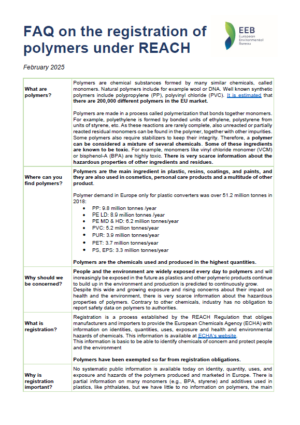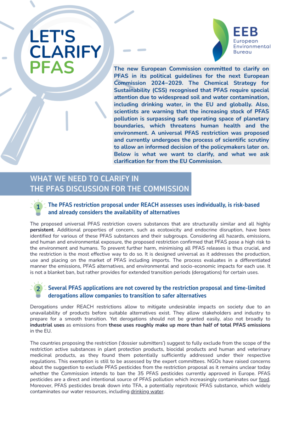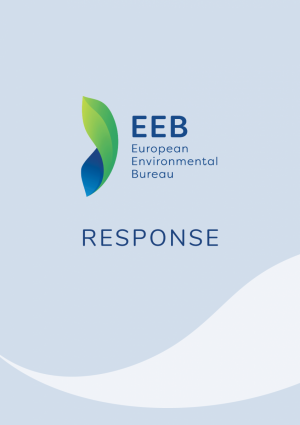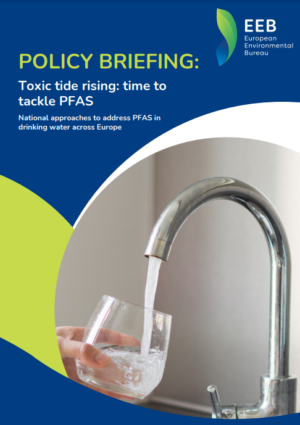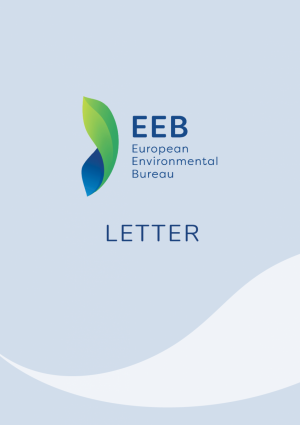Chemicals
Despite the introduction of the EU chemicals legislation ‘REACH’ in 2006, tens of thousands of industrial chemicals remain on the market and in our daily products which go unchecked for all their potential effects on human health and the environment.
In Europe and around the world, chemicals are widely used by industries to manufacture everyday consumer items, from household products to children’s toys, clothes, furniture and electronic equipment.
Exposure to chemical substances is a growing global problem. Production levels of chemicals have increased from 1 million tonnes in the 1930s to well over 500 million tonnes today. Chemical production is growing even faster than worldwide gross domestic product (GDP) and population and this is set to continue with the global chemical output predicted to further increase by 63% by 2020. Levels of toxicity are increasing too; new formulations for pesticides, for instance, are 10 to 100 times more toxic than those produced in 1975.
Progress has been made in recent years and some toxic chemicals have been restricted and replaced with safer alternatives. However, the processes of phase out and substitution are too slow and serious knowledge gaps still exist about the adverse impacts of some chemicals. Historically, action on chemicals has only been taken after widespread damage.
Well known examples of this include asbestos and the pesticide DDT, which have caused – and still cause – serious damage to human health and wildlife through their continued release into the environment. DDT started to be phased out in the 1970s and 1980s, yet the chemical remains all pervasive because it is persistent and bioaccumulative, while cancer from exposure to asbestos can take up to 40 years to appear.
The EEB works to improve EU chemicals legislation, including REACH, so that they provide higher levels of protection and help the world advance towards the Sustainable Development Goals (SDGs) and Europe’s aim of a non-toxic environment as agreed in the EU’s Seventh Environmental Action Plan (7EAP). To this end, the EEB benefits from its alliances with environmental, consumer, health and scientific organisations, holds regular working group meetings to enable close cooperation with other NGOs, and makes good use of its high level contacts at the European Council, Commission and Parliament.
In addition to pushing for the replacement of dangerous substances, the EEB works to ensure the full implementation of REACH. This includes providing consumers and workers with sufficient information to identify toxic chemicals and make informed choices about the products they purchase, and EEB is part of the LIFE funded AskReach project. It also means making the restriction and phase out of hazardous chemicals more effective, promoting substitution as a driver for sustainable chemistry and innovation, and requiring the European institutions to become more transparent and effective in truly achieving the objectives and principles of the chemicals legislations.
The EEB also works to end pharmaceutical pollution. Over 100,000 tonnes of pharmaceutical products are consumed globally every year (24% in Europe). During their manufacture, use and disposal, active pharmaceutical ingredients as well as other chemical substances are released into the environment.
Finally, as Europe works to move from a traditionally linear economy to a circular economy, EEB staff work in close collaboration to make sure that toxic chemicals do not end up being recycled, but are removed from the system.
Cost of common reproductive disorders in women
Health cost savings thanks to reduced chemical exposure for skin diseases (2004-2013)











